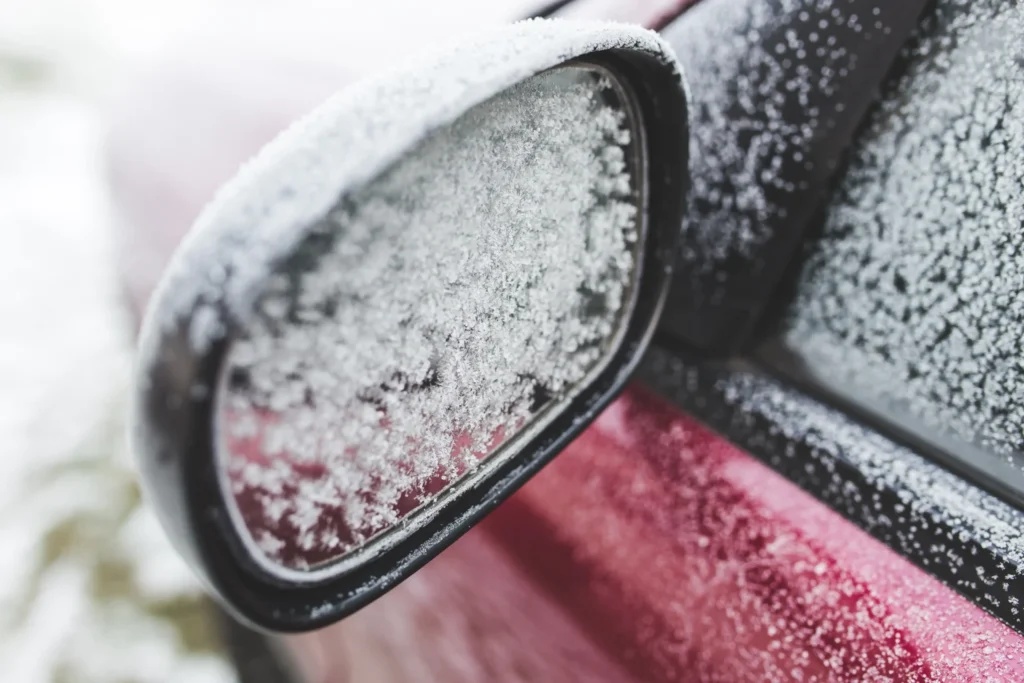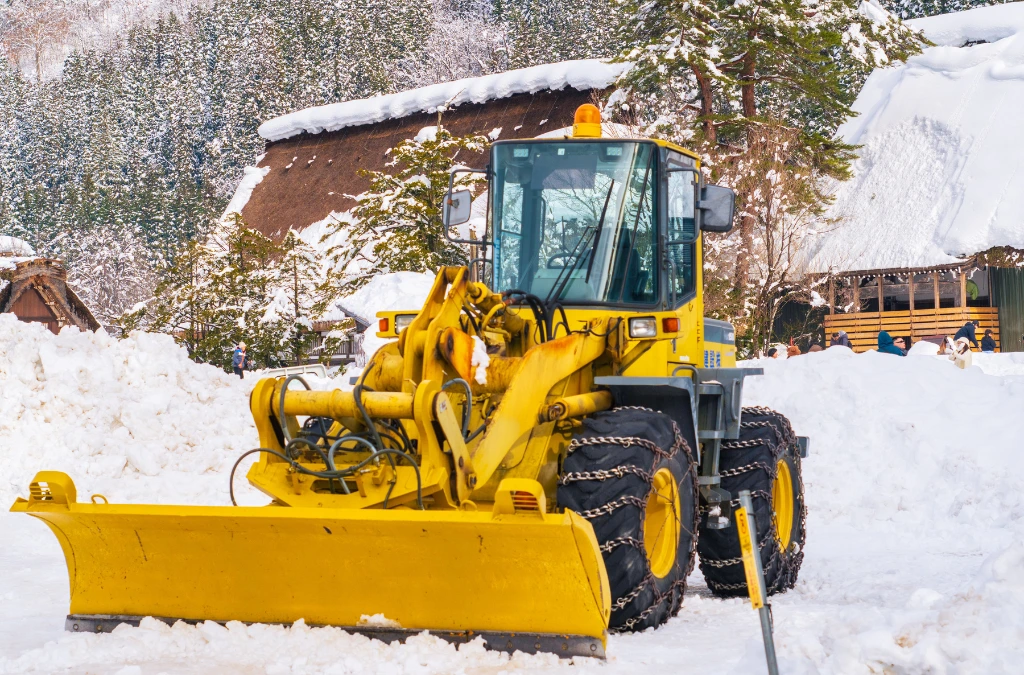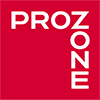Canadian winters are as breathtaking as they are brutal, and when storms roll through, the difference between a smooth day and a shutdown often comes down to preparation. Professional parking lot snow removal and timely sidewalk clearing don’t just look good on a maintenance checklist-they keep people safe, businesses open, and liabilities under control. In this guide, we’ll walk through proven strategies used by top operators: how to plan ahead, choose the right methods, deploy equipment effectively, and balance safety with environmental responsibility. You’ll also learn where property managers most often go wrong and how to fix it fast, plus exactly how to choose a service model that matches your risk tolerance and budget. Stocking the right winter supplies and partnering with a reliable team are your unfair advantages when the snow hits, and this playbook shows you how to use both to full effect.

Why Snow Removal Matters for Safety, Access & Compliance
Slip-and-fall prevention and business continuity
Snow and ice aren’t just inconvenient—they’re dangerous and costly if you’re unprepared. A single slip-and-fall can trigger medical claims, lost time, and reputational harm, especially in high-traffic retail and healthcare settings. Keeping entrances, crosswalks, and stalls clear maintains customer confidence and reduces the chance of emergency closures. Reliable operations also protect revenue by ensuring deliveries, appointments, and shift changes happen on time. Pairing a rapid-response plan with a stash of essential winter supplies helps you react immediately, rather than scramble when conditions deteriorate.
Bylaws/ordinances, liability, and documentation best practices
Many Alberta municipalities enforce clear timelines for sidewalk and lot clearing after snowfall, and fines for non-compliance add up quickly. Liability exposure increases when hazards are visible and unaddressed, so a documented, time-stamped snow log is your best defense. Save before/after photos, service tickets, and surface temperature notes to support “reasonable care” in case of disputes. Train staff on hazard reporting so potential risks are flagged and mitigated promptly. For a neutral primer on concepts and terminology, see snow removal (overview), then tailor your documentation to local bylaws and your site’s risk profile.
Pre-Season Planning & Readiness Checklist
Site mapping: obstacles, drainage, priority zones
Walk the property before winter and mark obstacles like cart corrals, bollards, hydrants, manholes, and speed bumps that vanish under snowfall. Identify drainage paths and catch basins so they’re kept clear, reducing ponding and dangerous refreeze. Define priority zones-ADA/accessible stalls, main entrances, fire lanes, and loading docks-for first-pass clearing. Use reflective stakes to guide operators when visibility is poor and everything looks like a white field. A site map isn’t paperwork-it’s a productivity multiplier that prevents damage, confusion, and delays.
Service levels: trigger depths, zero-tolerance, response windows
Decide when service activates (e.g., 2–3 cm/1 inch triggers) and whether you need a zero-tolerance plan for critical facilities. Set response windows for day vs. overnight storms and clarify whether mid-storm plowing is included. Align your plan with your peak traffic patterns so customers find a ready lot at opening or shift change. Put thresholds and SLAs in writing to avoid guesswork during fast-moving weather. If in doubt, coordinate with a proven parking lot snow removal partner who can right-size your service level to risk.
Communication protocols and storm playbooks
Establish who calls service, who confirms completion, and how exceptions are handled when conditions change. Ask your provider about GPS/telematics and photo logs so you can verify routes, timestamps, and application rates in real time. Create a storm playbook with escalation contacts, secondary storage areas, and haul-off triggers when in-lot capacity is exceeded. Share the plan with tenants and staff so expectations are aligned before the first flake falls. When everyone knows the script, winter events become routine-not chaos.
Snow Removal Methods & When to Use Them
Shoveling & hand tools for tight areas
Manual clearing excels where machinery can’t fit-steps, narrow walks, tight courtyards, utility cut-outs. Use ergonomic shovels, push-style designs, and proper body mechanics to reduce strain and injuries. Clear down to pavement before applying deicer; chemicals on top of snow are wasteful and ineffective. Assign a “last meters” crew to follow plows and finish edges, islands, and approaches that bigger gear can’t polish. Keep pet-safe deicers on hand from your trusted winter supplies source to protect landscaping and visitors.
Snow blowing: small/medium properties and sidewalks
Snow blowers increase productivity on long walks and mid-sized paths without the footprint of a plow truck. Work with the wind to avoid re-covering cleared paths and throw snow deep into designated turf areas to prevent tall banks along edges. Adjust chute height and speed to surface conditions and keep shear pins and belts maintained for reliability. For recurring light snows, blower passes during the storm reduce compaction and ice bonding. Blowers bridge the gap between hand tools and plows, lowering labor hours without sacrificing precision.
Plowing: parking lots, private roads, and routes
For large surfaces, plows are the backbone of winter service, especially on commercial lots and private roads. Use angled passes to windrow snow toward storage lanes and backdrag at buildings, docks, and overhead doors to pull snow into push zones. Start center-out to minimize rework and keep lanes open for moving vehicles during service. Match plow types to the job: V-plows for break-through, wing plows for capacity, and push boxes for wide, open pavements. Partnering with an experienced parking lot snow removal crew ensures technique, safety, and surface protection are baked into every pass.
Anti-icing vs deicing: brine pre-treatments and post-storm melts
Anti-icing is prevention: apply brine 24–48 hours ahead to keep snow/ice from bonding, slashing chemical use and scrape time. Deicing is treatment: after accumulation, use solids/liquids to break the bond and restore friction. Smart programs blend both, guided by surface temperature-not air temp-to pick the right product at the right time. Pre-wet solids to reduce bounce and scatter, and calibrate spreaders so you apply precisely what’s needed. Stock a versatile kit of eco-conscious options in your winter supplies so you’re never caught short.

Parking Lot Snow Removal Best Practices
Plow with the storm: center-out windrows and clean edges
Waiting for snow to end invites compaction and ice formation that multiplies your labor later. Mobilize at trigger depths and keep lanes open with periodic pushes, especially during business hours. Run center passes first, then work outward to the edges to minimize overlap and keep pattern discipline. After bulk removal, edge along curbs and medians to prevent frozen berms that steal stalls and trip pedestrians. Good patterning is like mowing-a plan reduces time on site and elevates finish quality.
Backdragging near buildings, docks, and overhead doors
Approach with the blade raised, drop at the threshold, and pull snow back into the open where you can push efficiently. Use rubber-cutting edges or U-edges near delicate surfaces to reduce damage to curbs and façade elements. Limit backdragging distance to protect equipment drivetrains; once cleared, transition to forward pushes. Coordinate sidewalk crews to time shoveling/blowing before final lot passes, so building-side snow rides out with the last pushes. The result: cleaner fronts, safer entries, and fewer handwork hours later.
Snow pile placement: sightlines, ADA access, and drainage
Choose storage zones with sun exposure and away from sight triangles, fire lanes, and accessible stalls. Keep catch basins, trench drains, and swales open so meltwater leaves the site instead of refreezing overnight. Mark haul-off triggers (height/footprint) so you don’t run out of space mid-season on tight lots. Never push onto neighboring properties or public rights-of-way; fines and complaints erase goodwill fast. When in doubt, lean on your parking lot snow removal partner to design storage that stays safe all season.
Equipment, Materials & Technology
Plows (V, straight, wings), push boxes, loaders, skid steers
Each tool has a best-fit role: V-plows break through drifts, straight blades are versatile workhorses, wings add capacity per pass, and push boxes shine on big rectangles. Loaders and skid steers move volume and finesse tight areas that trucks can’t service, especially near structures. Maintain edges, hydraulics, and lighting rigorously; downtime in a storm is expensive and dangerous. Right-sizing the fleet to your site mix often saves more time than adding headcount. Ask providers how they assign gear to your property type-smart pairing is a hallmark of pros.
Spreaders, brine systems, and calibrated application rates
Calibration turns “more salt” into “just enough to be safe,” lowering cost and environmental impact. Variable-rate controllers, pre-wetting, and baffles improve placement so material sticks where it’s needed. Track surface temps to pick products that actually work at current conditions, not just out of habit. Keep granular, treated, and liquid options available to scale response to storm type. These refinements are why mature programs outperform, storm after storm.
GPS/telematics, route optimization, and digital service logs
Live tracking and route optimization shorten cycle times and prove service when questions arise. Digital logs with photos and timestamps support audits, tenant communications, and claims responses. Geofenced alerts confirm on-site start/finish without manual check-ins, speeding decisions during events. Historical reports help you right-size future contracts to real usage, not guesses. Transparency builds trust and is quickly becoming the standard in professional winter service.
Environmental Stewardship & Chloride Reduction
Material selection by surface temperature
Product performance changes dramatically with pavement temperature, not just air readings. Rock salt performs in mild subzero conditions, while calcium or magnesium blends extend range in deeper cold. Over-application harms soil, plants, and waterways and increases corrosion without more safety benefit. Train crews to verify temps and match products accordingly, minimizing waste and impact. Keep a diversified shelf of eco-forward options among your winter supplies so you can respond precisely.
Pre-wetting, targeted applications, and covered storage
Pre-wetting accelerates action and reduces bounce/scatter, so more material stays where it’s placed. Targeted apps focus on intersections, ramps, stairs, and approaches instead of blanket coverage. Covered, contained storage prevents runoff and maintains material quality between storms. Post-storm sweeps reclaim excess granules in shoulder seasons to keep sites clean. These measures signal to customers and communities that you prioritize both safety and stewardship.

Common Snow Removal Mistakes (and Fixes)
Top mistakes include “waiting out the storm,” which guarantees compaction and higher deicer use later; piling snow where it blocks sightlines or ADA stalls; ignoring drains that later freeze over; and over-salting in hopes that “more is safer.” The fixes are straightforward: mobilize at trigger depths and plow with the storm, pre-plan storage zones, keep basins open, and calibrate spreaders. Another frequent error is skipping sidewalk/entry clearing before lot pushes, which causes double work; schedule sidewalks first so building-side snow departs with final plow passes. Finally, don’t rely on chemicals to replace mechanical removal-scrape first, then treat. If this sounds like a lot to juggle, it is-lean on a proven parking lot snow removal partner so your team can focus on operations.
Contracts, Costs & Choosing a Provider
Per-push, hourly, seasonal, and zero-tolerance models
Per-push keeps spending tied to events but can be volatile in heavy winters; hourly is transparent but doesn’t always reward efficiency. Seasonal flat-rate smooths budgets with a predictable fee, while zero-tolerance is premium coverage for sites that must remain clear during active snowfall. Many portfolios blend models by site criticality to balance risk and cost. Ask providers to model your last few winters so you can choose with eyes wide open.
Insurance, safety training, and proof of service
Verify liability and auto coverages, WSIB/WCB standing, and that crews are trained in safe machine operation and slip/fall mitigation. Require digital proof of service with timestamps, route logs, and photos for every event. Evaluate equipment depth and redundancy to ensure coverage during overlapping storms and breakdowns. Clarify haul-off pricing and pile-size triggers in writing to avoid mid-season surprises. A capable contractor will welcome these questions-they’re the signs of a serious client.
Snow Removal FAQs
What is the best method of snow removal?
There isn’t a one-size-fits-all answer-the best method blends mechanical removal with smart chemical use based on your site and storm. For large lots, plow with the storm, then edge and spot-treat for friction; for sidewalks and tight spaces, shovel or blow down to pavement before applying deicer. Anti-icing with brine ahead of time dramatically reduces post-storm labor and materials. Match equipment to the footprint and traffic pattern to avoid rework. When in doubt, consult a specialist in parking lot snow removal to tailor the plan.
What are the risks of snow removal?
Key risks include slip-and-fall incidents, vehicle/property damage from poor plowing technique, equipment injuries, and environmental harm from overuse of chlorides. Compaction and refreeze create hidden hazards if you delay service, and poor pile placement can block sightlines or ADA access. Documentation gaps increase liability even when service occurred. Training, calibration, and a documented plan reduce these risks to manageable levels. Proactive communication with tenants and staff eliminates many avoidable incidents.
Can I use ice melt instead of shoveling?
Ice melt is a complement, not a substitute-use it after mechanical removal to prevent bonding and refreeze. Applying chemicals onto uncleared snow wastes product and leaves a slushy, slippery mix. Choose deicers based on surface temperature, and pre-wet or use liquids for faster action. Keep pet-safe, landscape-friendly options on hand via your trusted winter supplies source. The safest surfaces result from scrape-first, treat-second workflows.
Which method of snow removal is used the most?
For commercial and municipal sites, plowing dominates because it moves the most snow in the least time. On residential walks and compact sites, snow blowing and hand tools remain common due to precision and access. Across all settings, anti-icing is increasingly popular to cut chemical use and speed cleanup. The most efficient programs layer methods, timed to storm phases. Your property likely needs a hybrid approach tuned to its layout and critical paths.
Conclusion & Next Steps
Mastering winter maintenance is about rhythm: plan early, mobilize on triggers, scrape first, treat smart, and document everything. With a clear playbook, the right gear, and a trusted partner, storms become routine service events rather than emergencies. Keep critical areas open, protect your brand, and reduce liability with proven practices that balance safety and sustainability. If you’re ready to upgrade your program, schedule a preseason walkthrough and let us tailor a service level to your site and risk profile. For expert parking lot snow removal and a full range of winter supplies, we’ve got you covered-start the conversation and make this winter your smoothest yet. Need help now or want a quote? Contact our team for a fast, friendly consultation.
